Regions

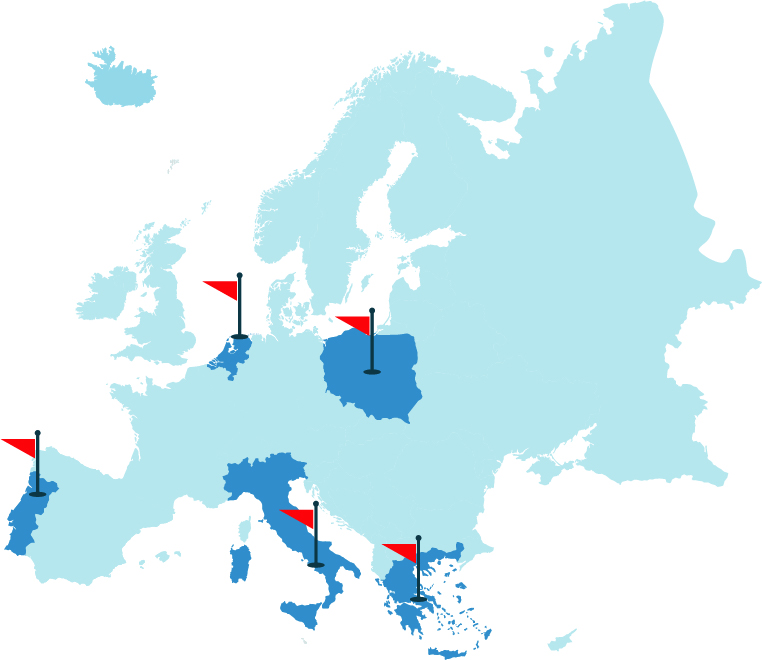
Łódzkie (Poland)
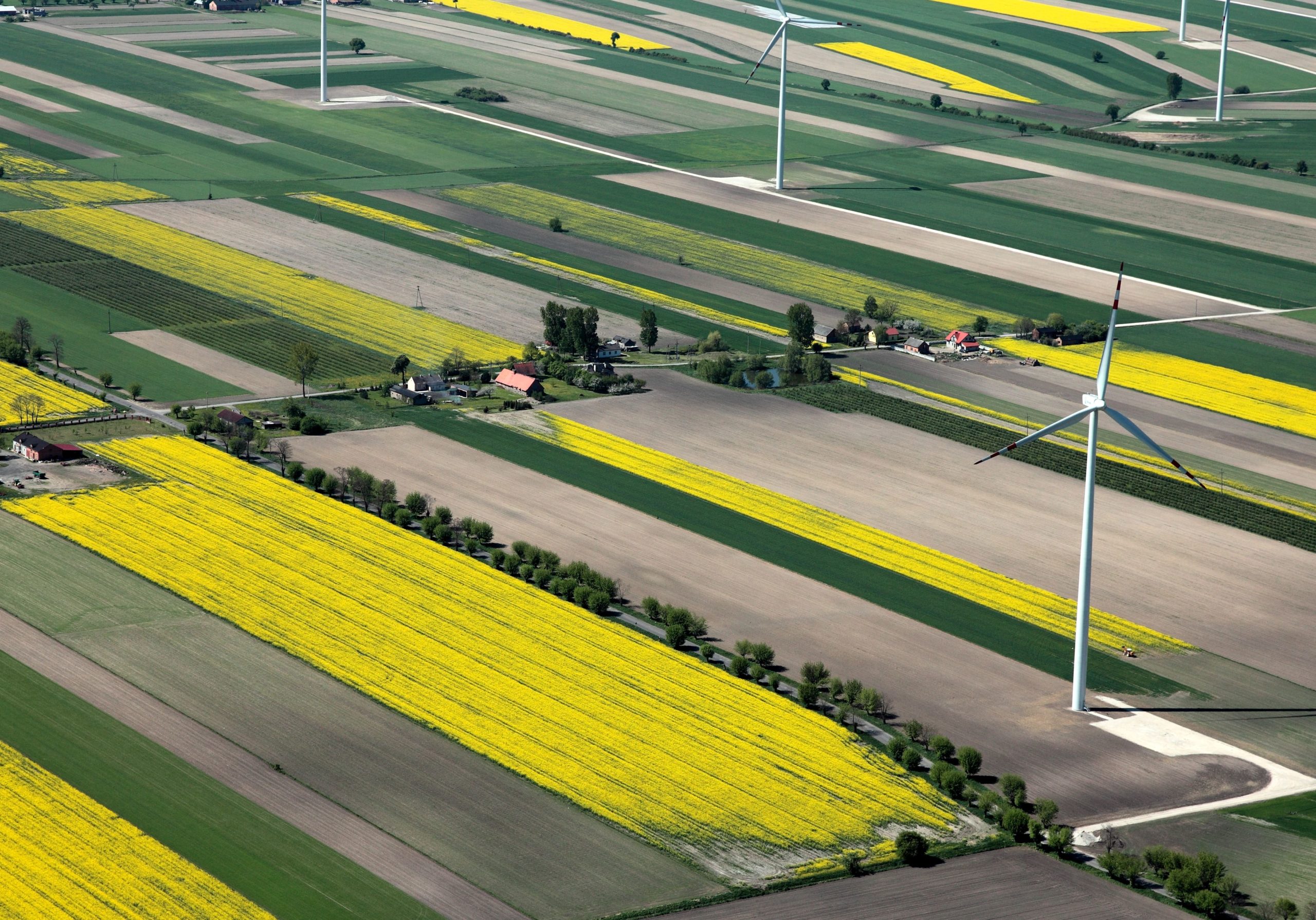
The Łódzkie Voivodeship represents the highest level in the administrative structure of Poland and is responsible for the creation and implementation of regional policies, including the management of European Union funds. The Łódzkie Voivodeship creates its development policy on the basis of objectives and directions of intervention that are coherent with the EU cohesion policy objectives for 2021-2027. For the Łódzkie Voivodeship, the development policy is based on strategic documents prepared in cooperation with representatives of self-governments of various levels, social and economic partners, non-governmental organizations, and other stakeholders (“Development Strategy for the Łódzkie Voivodeship, Regional Innovation Strategy RSI LORIS 2030”). The developed actions are primarily aimed at increasing innovation potential, adjusting the economic structure to the changing demands of the environment and European trends related to the development of Industry 4.0, 5G technologies, circular economy and bioeconomy.
More about Łódzkie
Łódzkie voivodeship is one of the most dynamically developing regions in the country. It is a region located in the center of Poland, perfectly connected, on the intersection of trans-European transport corridors.
The region covers an area of 18,219 square kilometres. It is inhabited by almost 2.5 million people and the urbanisation index is 62.4%. The administrative structure of the Łódzkie voivodeship consists of 21 poviats (counties) and 3 towns with poviat rights.
The city with the biggest population, service, economic, administrative, as well as research and development potential is Łódź – the capital of the region. The other larger cities are Bełchatów, Kutno, Pabianice, Piotrków Trybunalski, Radomsko, Tomaszów Mazowiecki and Zgierz.
Łódzkie voivodeship is diverse in terms of socio-economic development, as shown by the size and dynamics of GDP changes observed both in the region and in individual sub-regions. According to preliminary estimates of the Central Statistical Office, in 2019 the GDP per capita indicator was 94.2% of the Polish average (which is the best result for the region ever). The voivodeship’s share in GDP creation in the years of the 2014-2018 period remains at a similar level of about 6%. In terms of this share, the łódzkie voivodeship was in the 6th position in the country. The region is also fifth in Poland in terms of internal expenditure on research and development activities per capita in 2018.
Łódzkie is a relatively well-developed region, with a high share of industry in gross value added and a dynamically growing share of services, but on an EU scale it is a less developed region, not reaching 75% of the EU development level.
The Łódzkie Voivodeship represents the highest level of administrative division of Poland and is responsible for the creation and implementation of regional policies, including management of European Union funds. The Łódzkie Voivodeship creates its development policy based on the objectives and directions of intervention convergent with the EU cohesion policy objectives for 2021-2027. The basis for the development policy for the Łódzkie Voivodeship are strategic documents developed in cooperation with representatives of local governments of various levels, social and economic partners, NGOs, and other stakeholders (“Strategy for the Development of the Łódzkie Voivodeship, Regional Innovation Strategy RSI LORIS 2030”). The planned activities are primarily aimed at increasing the innovation potential, adjusting the economic structure to the changing requirements of the environment and European trends related to the development of industry 4.0, 5G technologies, and the circular economy. For many years, Łódzkie has been taking actions to become a leader in this field of bioeconomy in Poland and Central and Eastern Europe. An important element in achieving the vision of the region, included in strategic documents, is also a broadly understood development of a circular economy and stimulating the process of manufacturing products and services, in accordance with innovative technologies that contribute to saving and reusing natural resources and secondary raw materials.
Campania (Italy)
Campania is an administrative region of Italy in the south-western portion of the Italian peninsula. The region includes 550 municipalities grouped in the Metropolitan Area of Naples (the regional capital) and four other provinces (Salerno, Caserta, Avellino, Benevento). As of 2018, the region had a population of around 5,600,000 people, making it Italy’s third most populous region, and, with an area of 13,590 km2, its most densely populated region. Based on its GDP, Campania is also the most economically productive region in southern Italy and the 7th most productive in the whole country. Naples’ urban area is the seventh most populous in the European Union. The region is home to 10 of the 58 UNESCO sites in Italy, including Pompeii and Herculaneum, the Royal Palace of Caserta, the Amalfi Coast and the Historic Centre of Naples. In addition, Campania’s Mount Vesuvius is part of the UNESCO World Network of Biosphere Reserves.
The Campania’s hinterland was inhabited from the beginning of the 1st millennium BC by the Osci, the Samnites and the Etruscans while its coastal areas were colonised by the ancient Greeks between the 8th and 7th centuries BC, making those areas part of the so-called Magna Graecia. While the coastal areas are well known for tourism, the inner areas of the region have a very important value for agriculture and environment.
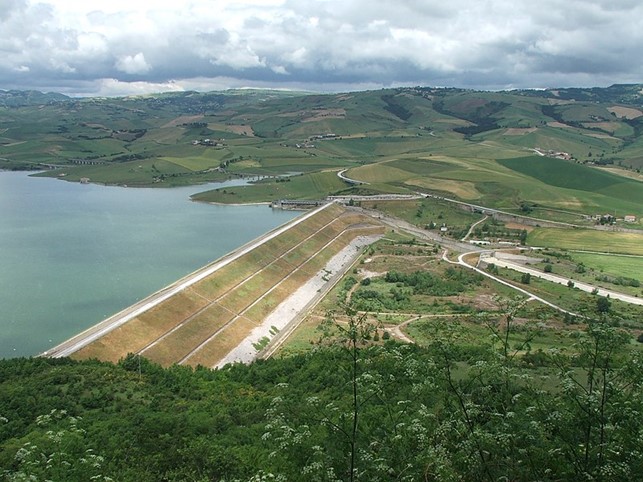
More about Campania
The Campania Region with a GDP of more than 100 billion euros is the leading region in southern Italy in terms of income produced and could represent an important “laboratory” for sustainable development. There are several regional areas of excellence that will play a decisive role for investments related to green and digital transition and the Campania region can offer a strong focus on innovative content, particularly with regard to sustainability.
In Campania there are 5 areas of excellence upon which the green transition can be built: an ecosystem of innovation, the agri-food sector, the maritime economy, the aerospace district and tourism.
It is the first region in southern Italy for investments in Research and Development (1,3% of the GDP) with 1,3 billion euros of investments and the Regional Research and Innovation Strategy for Smart Specialisation has highlighted, for the period 2021-2027, the need for radical innovation and a low-carbon transition in many systems: the transition to a zero-greenhouse gas economy by mid-century will radically transform the energy system and have cross-cutting impacts on all the reference areas (primarily agriculture, construction and mobility) requiring a modernization of the industrial fabric, the transport systems and the cities.
The “Technology Forum Campania” has identified seven regional technological districts, committed to maximizing investments in research and training, sharing resources to create networks and to optimize resources, strengthening the scientific and technological skills of the territory to support the growth of SMEs in specific industrial sectors. Such districts represent the assets thorough which the region will reduce its competitive gap with the other regions from North and Central Italy and from other European regions.
The following technological trends have been identified as a priority for the period 2021-2027 by the Regional Smart Specialisation Strategy:
- Procedures, methods, materials, systems and sustainable techniques including regeneration and conversion in buildings for energy efficiency;
- Circular and regenerative bioeconomy: Smart Packaging;
- Sustainable Agriculture: Technologies and processes for the valorization of production waste;
- Environmental sustainability: circular economy; industrial waste treatment; wastewater treatment; industrial symbiosis.
Regione Campania is supporting the FRONTSH1P project but is not member of the consortium. The following project partners are directly involved in the Regional activities and will support the replication activities from the inner province of Irpinia to the entire regional territory:
- STRESS Scarl, the Technological District for Sustainable Construction: it is one of the actors of the Regional Research and Innovation Strategy in Campania;
- GAL Irpinia, the Local Action Group from Irpinia, one of the provinces of the Campania region, it groups 34 Municipalities and is directly involved in the Local Development Strategy of a LEADER action to support investments for agricultural enterprises.
- Carmasciando is an SME producing high quality cheese, with an active commitment for innovation and sustainability.
Stereá Elláda (Greece)
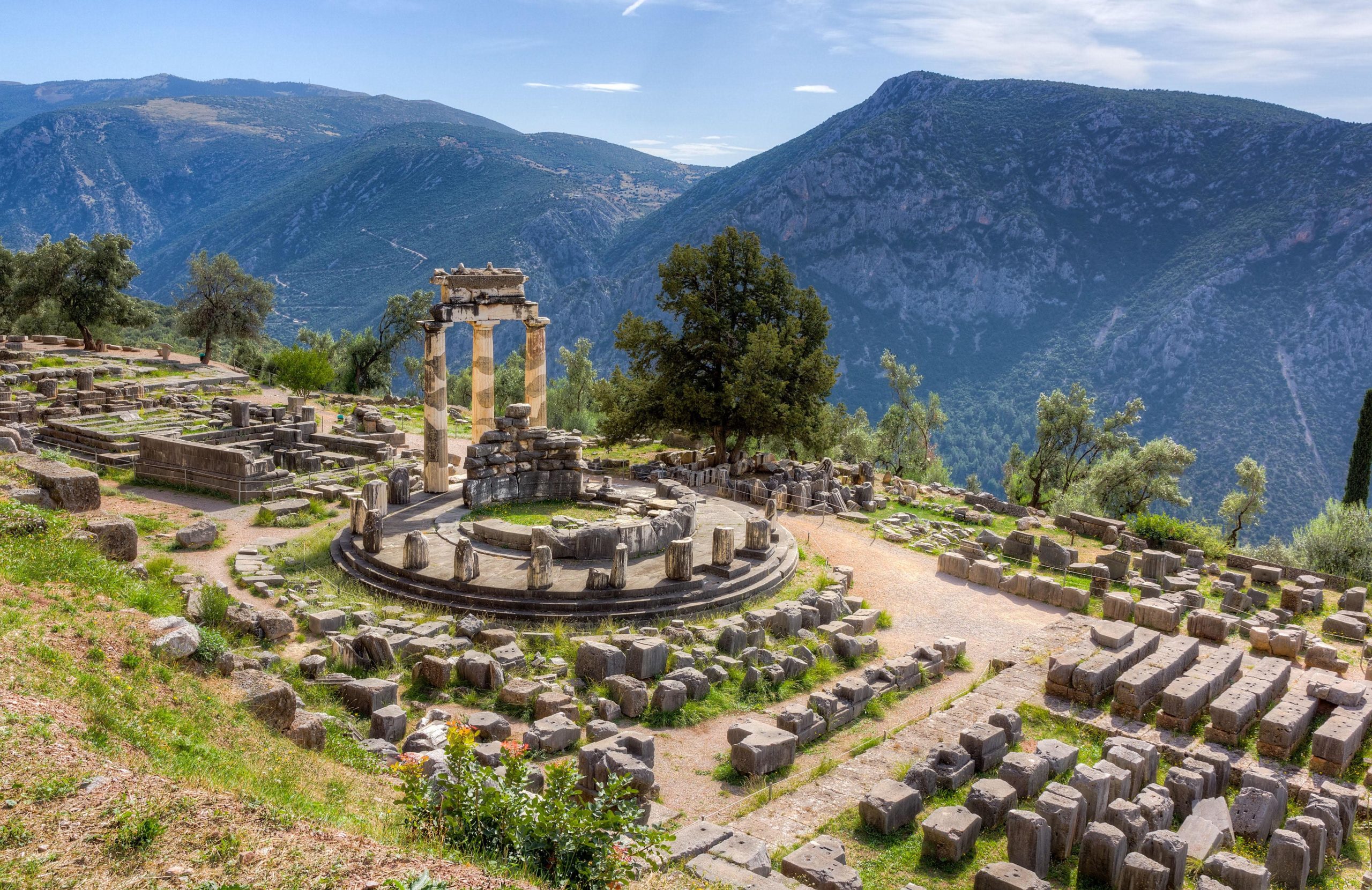
In the heart of Greece, where breathtaking mountains meet gorgeous beaches and wild rivers flow into the peaceful sea, where nature meets civilization and ancient history finds the modern world, there lays the Region of Central Greece. The land of rich contradictions, the place where someone can wander among legends, stroll into great history and eternity in its archaeological sites, achieve serenity and reflect upon the richness and depths of faith in its well-hidden religious treasures, come across its pure nature and experience its warm hospitality.
At the same time, Region of Central Greece is the land of new technology and industrial innovation, of raw material and metallurgy, of PDO and PGI exquisite food and wine, of nature based therapy and thermal springs. It is dominated by the manufacturing sector, particularly in its southern prefectures, which has developed mainly due to its proximity to the capital city of Athens. The region is also an important agricultural center, while tourism and services are underdeveloped despite the regional potential. The RoCG implements the strategy “Smart Region”, supported by the services of regional government, initiatives and citizens. The aim of the strategy is to introduce innovative ideas and practices in governance, transparency, economy, social solidarity, environment, culture and to give citizens a platform for participation.
More about Stereá Elláda
The population of RoCG is approx. 550,000 inhabitants while at the same time it shows the phenomenon of aging (approx. 20% of the population is over 65 years old), as well as low rates population with a high level of education (approx. 9%, while the average of the country is approx. 13%). The urban population of Central Greece occupies 46% of the total population of the Region. The urban centers and main settlements of the Region are Chalkida with 53,584 inhabitants and Lamia with 46,406.
The Region of Central Greece holds a central position in Greece and an intermediate position between the two largest development poles of the country (Attica, Thessaloniki). The main national axis of development passes through the region (development S north-south), which creates significant growth opportunities. The proximity to the development pole of Attica entails significant development benefits, but also many problems. The benefits relate to the increased demand of those produced by the Region of products and services, the location of productive proximity to decision-making centers, the possibility utilization of research bodies and specialized human resources, the utilization of the transport infrastructure of Attica, etc. The problems and the risks associate with the reckless use of natural resources of Central Greece for meeting the needs of Attica, the permanent transfer of significant human resources to Attica, the transfer of polluting activities from Attica to RoCG, the imbalanced competition to the local markets etc.
According to the available Eurostat figures, in 2017 the region accounted for 4.7% (€8.767bn) of the country’s GDP, ranking in fifth position. In terms of GDP per capita in PPS, which accounted for 19,300 in 2018, the region was positioned fourth among the 13 Greek regions, below the national average (21,100) and being 62.3% of the EU28 average (31,000) (Eurostat, 2020). In terms of employment, the total number of employees is 48.7% of the working age population, of which employed in agriculture accounted for 18.7%, industry for 17.5% and services for 54%. It is noted that the percentage of the self-employed amounts to 27.8%, while the employees in companies up to 10 people to 70.4%.
The strategy of the Region of Central Greece does not explicitly include the idea of a circular economy and the strengthening of actions in this direction. Only indirect correlations can be considered to exist with the issues of the use of “clean” energy, recycling of materials, materials and packaging, recycling and waste treatment, as well as with the identified need to reduce the environmental footprint of certain sectors of the economy. However, “circularity” will be seen not only as a factor reducing the environmental impact of the activities of businesses and ordinary citizens of the Region, but, above all, as a key factor in improving the competitiveness of the entire business cycle.
The National Road Map is in line with the new Circular Economy Action Plan issued by the European Commission and in line with the new legislation promoted by the Ministry of Environment and Energy on waste, the National Waste Management Plan and disposable plastics.
Região do Norte (Portugal)
Home to 3.6 million people and 35% of the national working population, the Norte Region, located in the northwest of the Iberian Peninsula, is characterized by its external openness, strong industrial tradition and experience in international trade and a deep-rooted trend for migration. Its 144 kilometres of Atlantic coastline offer further opportunities for internationalisation and economic communication, an ancient connection to the sea that is the basis of a unique cultural and historical heritage.
Entrepreneurial and industrial, young, and considered one of the safest regions, the Norte Region of Portugal has also taken advantage of various UNESCO “World Heritage Site” classifications to recover urban, historical and natural areas with strong potential for internationalization and tourism. The richness of this region extends to its various cultural and sporting venues, as well as to its people, which has, in several areas, brought the name of the Norte Region, but also of Portugal, across borders.
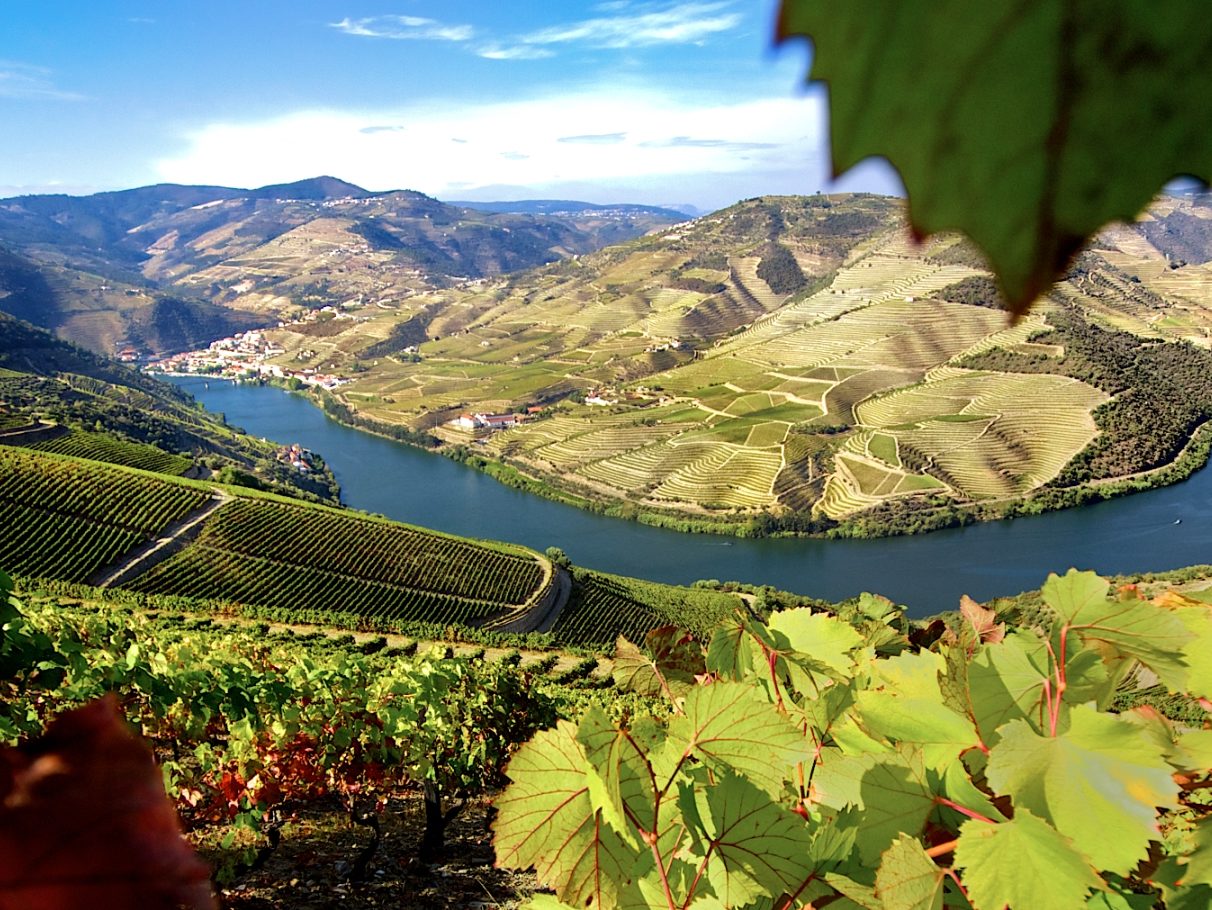
More about Região do Norte
The Norte Region also boasts the Atlantic coastline with the most international goods traffic to and from the EU of the Iberian Peninsula, out of the Port of Leixões. This distinction also extends to the existence in this region of one of the best airports in Europe – the Francisco Sá Carneiro Airport, regarded as the most important airport in the north of the Iberian Peninsula, in terms of traffic volume, area of influence and connectivity, with more than 100 destinations.
The Norte Region currently boasts R&D clusters par excellence and international recognition in the widest range of scientific and technological areas, which result from the specialization of their senior management and the creation of critical capital at universities and research centres. This trend is the result of over 100,000 students in higher education, which reflects a high human capital training capacity, which, combined with its entrepreneurial and creative capabilities, make the North of Portugal a source of human resources par excellence.
To characterise the Norte Region of Portugal is to speak of culture and artistic creation. A set of creative and cultural centres emerge as international brands. “Casa da Música” and São João National Theatre are two representative examples of this, as centres of excellence in the field of arts and entertainment, which democratises access to culture, performing arts and music. The internationally acclaimed Serralves Foundation is another reference in cultural centres, both in the region and in the country. Artistic and literary creation is one of the regions’ best established brands. It is the birthplace of many important figures of national literature, such as Miguel Torga or Agustina Bessa-Luís.
In the field of painting, among many artists, highlight goes to Júlio Resende and Graça Morais. In music, pianists Rui Massena, Maria Helena Sá e Costa and Pedro Burmester. In architecture, the celebrated “Porto School” was made famous thanks to Fernando Távora, Alcino Soutinho, Souto Moura and Siza Vieira, among others. With regard to films, the Oporto-born director Manoel de Oliveira is one of the most prestigious and influential authors of European cinema of the 20th and 21st centuries.
The Norte Region of Portugal is one of the tourist destinations with the highest potential for internal and external growth. For several consecutive years, it has earned the praises of different foreign entities, such as the title of Best European Destination.
Among the various tourist attractions, highlight goes to those classified as World Heritage Sites by UNESCO. This status was first given to Oporto’s Historic City Centre in 1996 and, in 1998, the Prehistoric Rock Art Site of the Côa Valley was also distinguished by UNESCO. In 2001, UNESCO recognized the Historic Centre of Guimarães and also the Alto Douro Wine Region, which was considered a “living evolutionary cultural landscape.” It is the birthplace of one of the most remarkable wines in human history – Port Wine -, and is considered the oldest demarcated region in the world. The Sanctuary of Bom Jesus do Monte, in Braga, a reference to Portuguese Neoclassical art, is World Heritage Site since 2019.
The existence of a significant percentage of territory protected under a nature conservation status (45%) also speaks well of the Region. Such is the case of the Peneda-Gerês National Park and the Montesinho, Alvão and Douro International nature reserves.
Fryslân (the Netherlands)

Friesland is a region in the north of the Netherlands that has a quirky character you must discover. From the Waddenzee to the Drents-Friese Wold and from the Lauwersmeer to the IJsselmeer, it is filled to the brim with undiscovered spots and above stretch endless skies to the horizon. In Friesland you can experience the province of eleven cities, the famous ‘Elfstedentocht’, the UNESCO World Heritage Site Wadden Islands and coast, as well as the province of Leeuwarden, former European Capital of Culture 2018. You can experience no less than the true Frisian culture.
Under the heading of the Blue Delta Strategy, the Frisian economic partners have set a clear course to maximise Frisian-wide prosperity. With a strong balance between the economic challenges, all its people and the beautiful environment, Fryslân is the region where people consciously and ambitiously work and invest in a sustainable future. For the autonomy of its own region, but with a purposeful and distinctive impact on the transitions in the world. Fryslân: Healthy, Clean and Happy.
More about Fryslân
Where on earth are cities smaller than villages? Only in Friesland. Our cities thank their title not to their size, but to their historic significance. These are the cities of the dreamers who show that you don’t have to be the largest to stand out and the doers that prove that you don’t have to be the richest to pursue your dreams.
Our historic capital is the city of one hundred names: Leeuwarden, Liwwadden, Ljouwert, Lintwarde. With just over 100,000 inhabitants it is the perfect starting point for an unforgettable journey through Friesland. With a city center that is still one of the best kept secrets of the Netherlands, a tower that is leaning more than the tower of Pisa and extraordinary people that are always in for a conversation and a beer.
Sand in your underpants, reading the newspaper in gale force 4 and drinking cocktails in the dunes. You don’t have to go to the Caribbean for the sense of freedom. You can find it here, in the Frisian front yard, also known as an extraordinary UNESCO World Heritage Site: The Wadden.
The Waddensea is the largest tidal area on earth. Nowhere else can you find such a diverse landscape that look different with every sunrise. in the gullies, slots, dunes and plains there are over 10.000 different plant and animal species, who all play a role in a healthy ecosystem. Furthermore, the area attracts around 12 million migratory birds annually, who take a break from their journey to regain strength. Make sure to bring your binoculars!
Streams, rivers, lakes, waterways, ponds, dredging ditches and canals: In Friesland we know more words for the waters than for bread. Which is just logicale, since we have been involved in them for centuries. We drove out the sea, sailed the canals, sailed ferries over ditches and built mounds for a dry-foot guarantee. You have to experience our special water landscape!
Friesland has arround 649,957 inhabitants. In addition to Dutch, Frisian has the status of an official language in the province. The province has an area of 5,748.77 km². From about 400 to 200 BC a proto-Frisian culture began to emerge in the area between the Vlie and Ems. Given the danger of flooding, the natural heights were raised to artificial hills, the so-called mounds. Many of the archaeological national monuments in Friesland are such mounds.
The working population in 2020 consisted of 339,000 people, which was then 3.8% of the total Dutch working population. The province’s gross domestic product amounted to €20.7 billion in 2019, or 3.17% of the GDP of the Netherlands.
Friesland distinguishes five themes in which we are (internationally) distinctive: water technology, agrofood, high-tech systems & materials (HTSM), maritime technology and circular materials (plastics, chemistry, construction, etc.). Together, these five themes form the driving force behind the employment and earning capacity.
In the field of circular economy, we further distinguish ourselves through our way of working together (Vereniging Circulair Friesland) and involving young people and education (Spark the Movement). There are more than 100 organisations in Friesland that are members of VCF. These are the frontrunners. Our goal is to join the wide peloton as well. An important role for the government is to create a market through circular procurement. They do this together with all public organizations in the region. The icon of circular procurement is the Swettehus.
